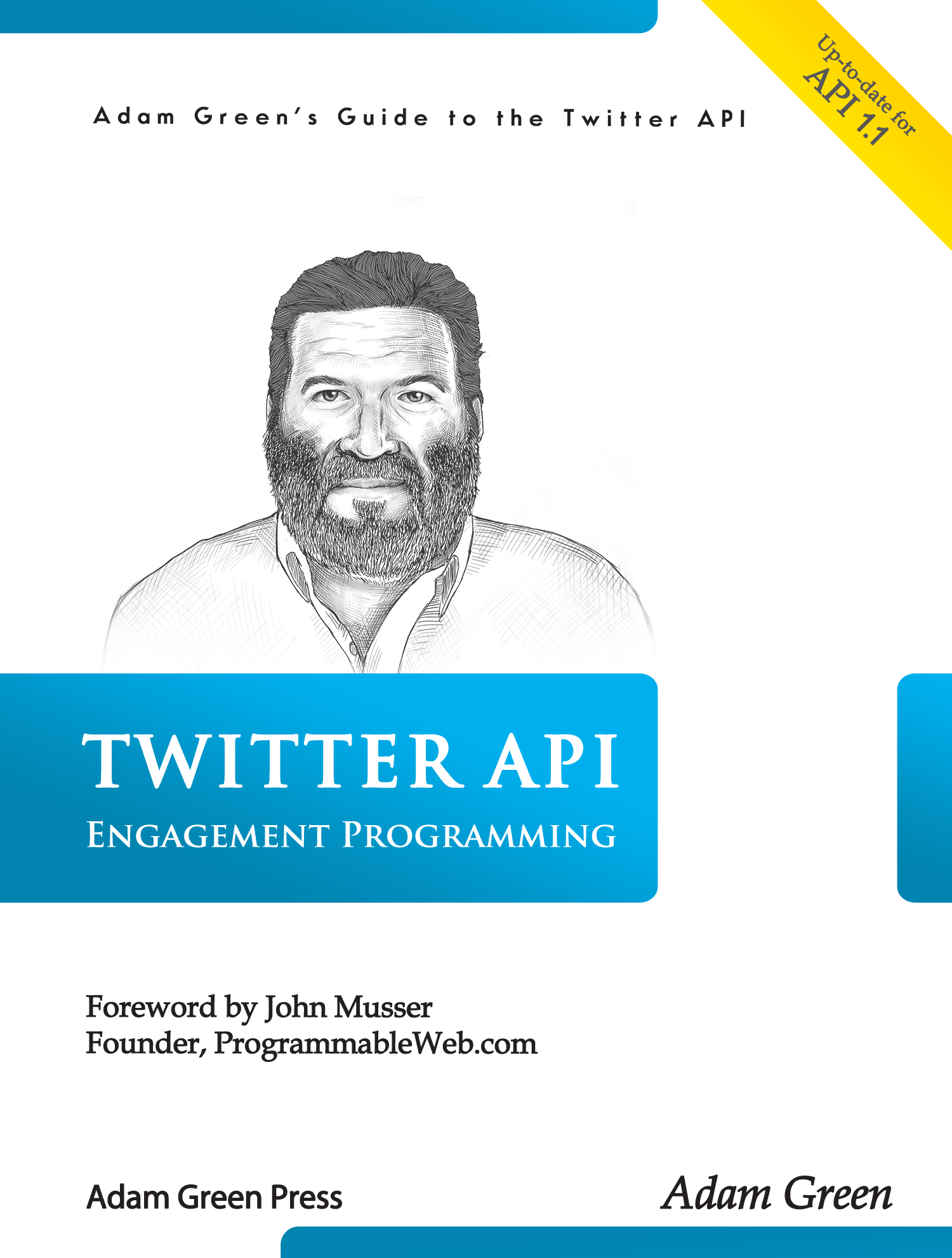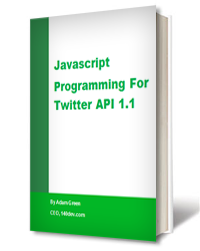My latest set of enhancements to the streaming API framework is moving along nicely towards my goal of making this code a true production level tweet collection system. While I’m waiting for feedback on the new code, I wanted to take a minute to think about where this system can go. I see several possible directions.
Training examples
This was my original goal when I wrote the first version of the framework, and that seems to have worked out. I’ve received plenty of feedback showing that this code served as the starting point for lots of development. I’d like to continue this approach by writing my next Twitter API book based on the framework’s code.
Application sets
What I mean by this is a combination of code, sample data, and docs (either free ebook or paid book) that apply the streaming API code to specific applications. I’ve been doing this type of consulting for years, and the database issues involved in modeling the tweet activity in a specific subject area are always fascinating. I can see building sample applications for such areas as social TV, stock market investing, sports, music, food, and many others.
WordPress for Twitter
I still think of WordPress as the best implementation of an open source system that can be used by non-programmers. I’m typing into it right now. While the streaming API code currently requires a fair degree of PHP, MySQL and Linux expertise, it would be exciting to put a front-end system on top of it that was as easy to install as WordPress. You would just copy it onto a server, run an install program through a browser, and manage it with a web-based dashboard. The application sets mentioned above could then evolve into the equivalent of themes or plugins.
This is several years of development to achieve, but I can see working toward this goal for that long. At age 57 I can still expect/hope to code for at least another 10 years.








